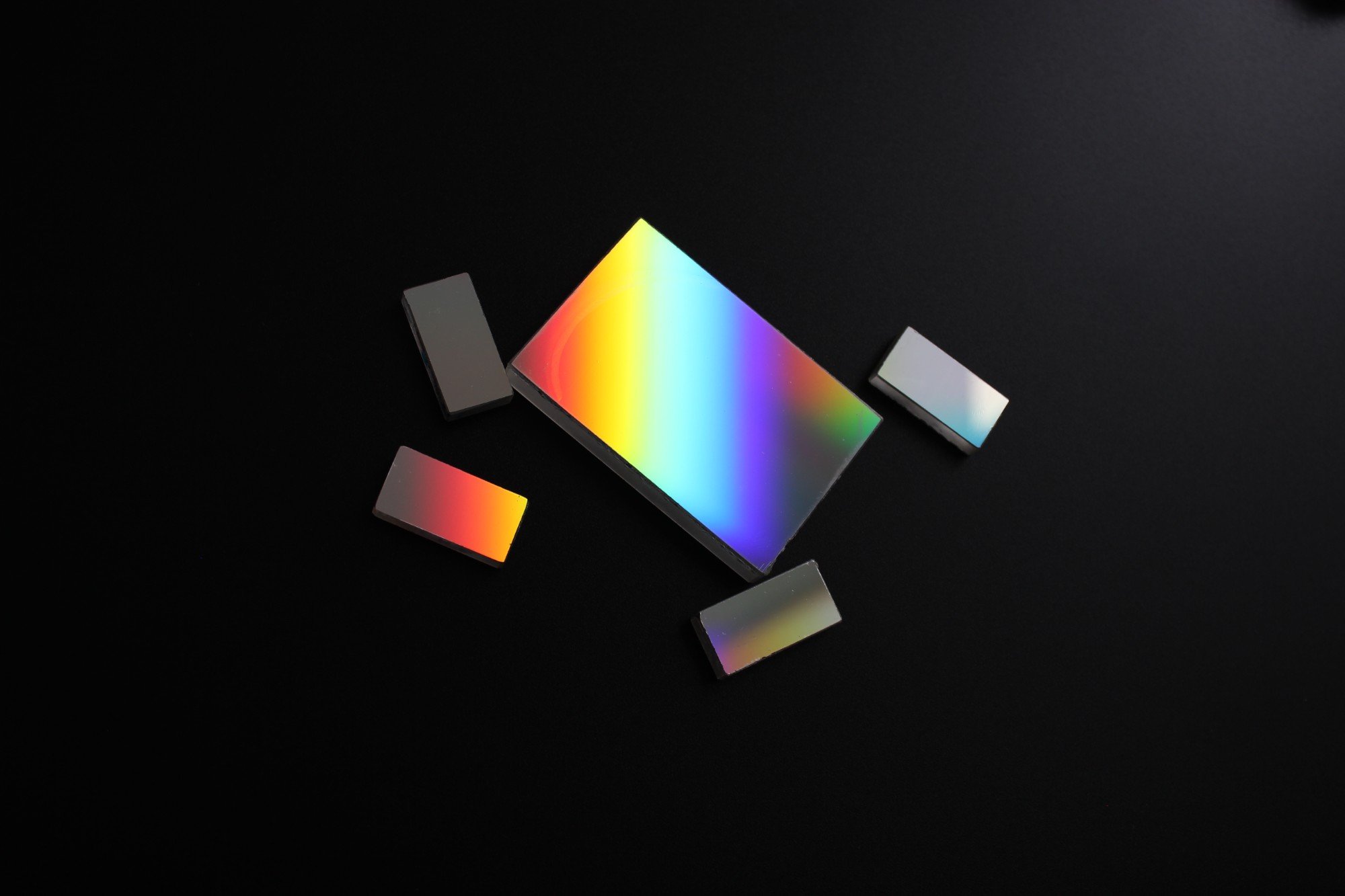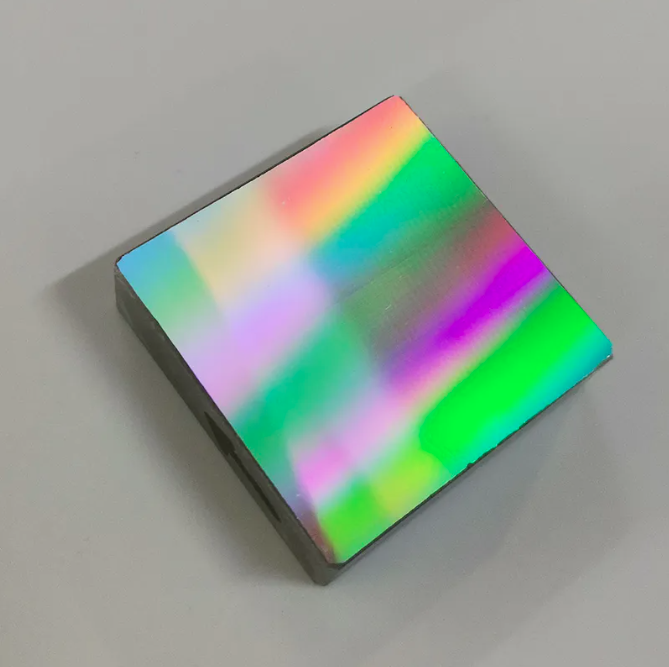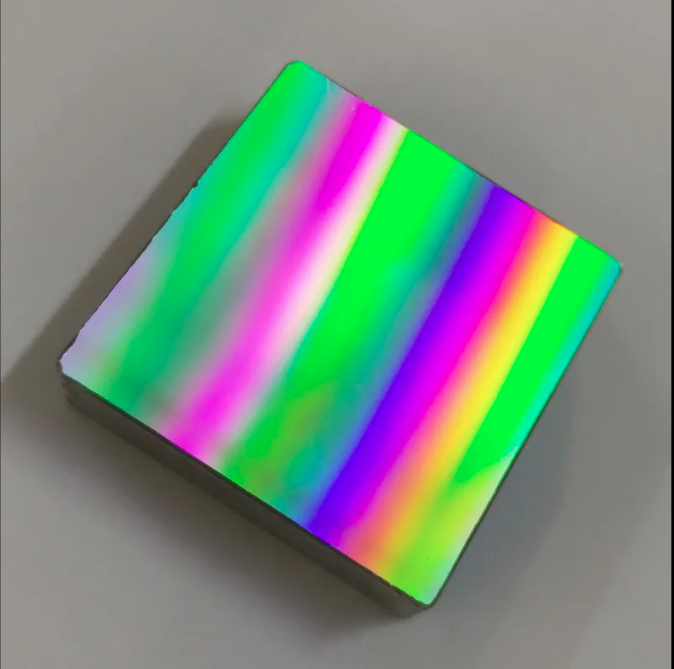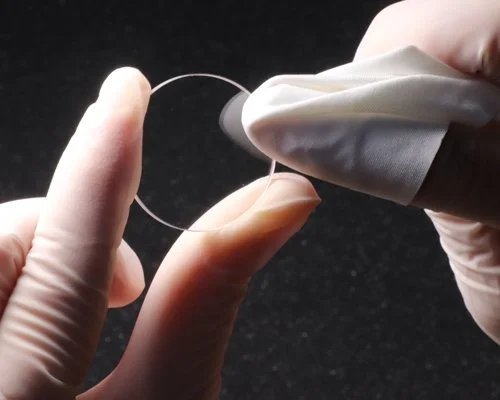Ruled Reflective Diffraction Gratings: Essential Tools for Spectroscopy and Photonics
Ruled reflective diffraction gratings are critical components in modern optical systems, widely used for separating and analyzing light into its constituent wavelengths. These components employ a surface with precisely ruled grooves that diffract light into distinct spectral components. With their robust construction and versatile applications, ruled diffraction gratings have become indispensable in spectroscopy, laser systems, and photonics. This article explores their design, functionality, and the diverse range of applications they enable.
What Are Ruled Reflective Diffraction Gratings?
Ruled reflective diffraction gratings are optical elements designed with a surface etched or ruled with a series of fine, parallel grooves. These grooves interact with incident light, causing it to diffract and separate into different wavelengths based on the groove spacing and the incident angle. Reflective gratings are particularly valued for their ability to work with a wide range of wavelengths and their capability to reflect light, making them suitable for use in systems where transmission gratings would be impractical.
Unlike holographic gratings, which are created using interference patterns, ruled gratings are mechanically engraved using a diamond-tipped tool. This process ensures high precision in groove spacing, enabling efficient diffraction and high spectral resolution. The reflective coating, often made of aluminum or gold, enhances their efficiency by optimizing reflectivity in specific wavelength ranges.
How Do Ruled Reflective Diffraction Gratings Work?
The operation of ruled reflective diffraction gratings is governed by the principles of diffraction and interference. When light strikes the grating surface, each groove acts as a source of scattered light waves. These waves interfere constructively or destructively depending on the wavelength, the groove spacing, and the angle of incidence. The result is the separation of light into its spectral components, each diffracted at a different angle.
The efficiency and resolution of a grating depend on the quality of the grooves and the reflectivity of the coating. Groove spacing determines the grating's ability to resolve closely spaced wavelengths, while the coating material optimizes performance for specific spectral ranges. For instance, aluminum coatings are ideal for ultraviolet (UV) and visible light, whereas gold coatings are better suited for infrared (IR) applications.
Applications of Ruled Reflective Diffraction Gratings
1. Spectroscopy
Ruled reflective diffraction gratings are a cornerstone of spectroscopic systems, where they are used to disperse light for wavelength analysis. In applications such as Raman spectroscopy, fluorescence spectroscopy, and atomic absorption spectroscopy, these gratings enable precise identification and quantification of chemical and biological samples. Their ability to handle high-intensity light sources makes them ideal for use in advanced analytical instruments.
2. Laser Systems
In laser systems, ruled diffraction gratings are employed for beam steering, wavelength tuning, and pulse compression. Their high efficiency and durability make them suitable for use in high-power laser setups, including ultrafast laser systems and laser amplifiers. These gratings play a critical role in controlling laser output and enhancing system performance.
3. Astronomy and Space Science
Reflective diffraction gratings are widely used in telescopes and spectrometers for astronomical research. They enable the analysis of light from stars and galaxies, helping scientists study the composition, temperature, and movement of celestial objects. Their ability to withstand extreme conditions makes them essential for spaceborne instruments and observatories.
4. Telecommunications
In the telecommunications industry, diffraction gratings are used in wavelength division multiplexing (WDM) systems to separate and combine optical signals. This technology increases the capacity of fiber optic networks by allowing multiple data streams to travel simultaneously over a single fiber, enhancing communication efficiency and speed.
Challenges in Manufacturing and Design
The manufacturing of ruled reflective diffraction gratings involves intricate and precise processes. The ruling of grooves must be carried out with sub-micron accuracy to ensure optimal performance. Even minor imperfections in groove spacing can lead to spectral aberrations, reducing the efficiency and resolution of the grating. The choice of coating material is equally critical, as it must be tailored to the intended wavelength range and operating environment.
Moreover, ruled gratings can exhibit stray light due to imperfections or irregularities in the grooves. This limitation has led to the development of advanced manufacturing techniques and coatings to minimize scatter and enhance performance. Manufacturers continually refine their processes to meet the growing demand for high-quality diffraction gratings in advanced photonic systems.








